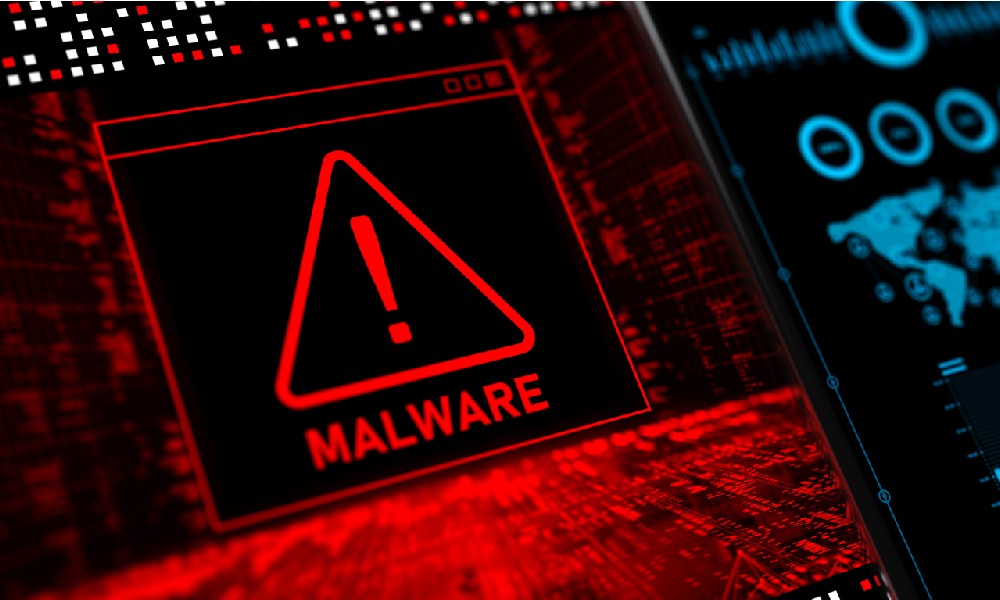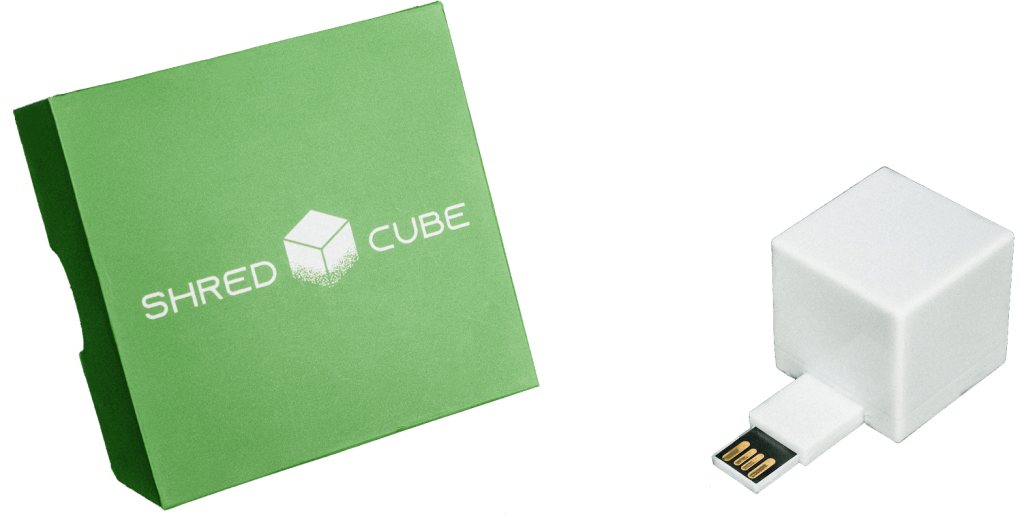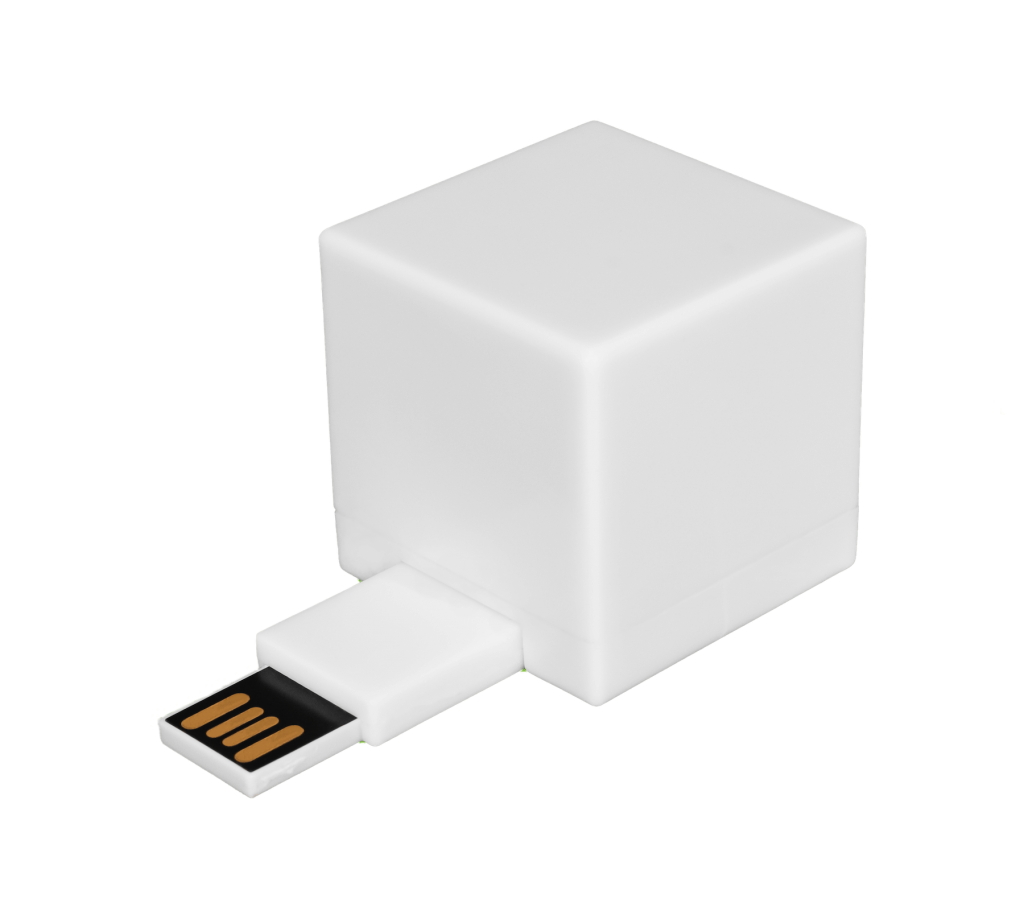Cybercriminals constantly develop and launch new types of malicious software and modify existing versions. There are still many types that remain undetected as well. Malware is a blanket term used to describe malicious software. It is categorized based on how the software spreads or the actions following installation.
Every type of malware falls into a behavioral category. The most common kinds include worms, viruses, bots, Trojans, ransomware, adware, spyware, and spam. Cybercriminals use each type to launch cyberattacks that can lead to costly, time-intensive data breaches. More than 1 billion malware programs are currently in use, and approximately 560,000 new pieces of malicious software are discovered daily.
There is no slowing cybercriminals down, particularly in cyberattacks. Those who understand the different types of malware, however, can take appropriate countermeasures. This guide will examine the most common types in detail and provide tips on how to stop them.
An In-Depth Look at the Different Types of Malware
It helps to know how to identify malware and its capabilities. Having the ability to recognize malicious software ensures people can protect their critical data and systems against breaches.
You don’t have to be a cybersecurity expert to notice warning signs of an attack. Here’s a look at the most common types of malware and the dangers associated with them.
1. Worms
Hackers typically install worms into a computer’s memory to modify and delete files, steal data, and set up a backdoor for other cybercriminals to access the system. A worm can infect a single computer or an entire network. It can also take up bandwidth and overload a web server.
2. Viruses
A virus is usually installed as a Word document or executable file and is dormant until an infected host or program activates it. Cybercriminals spread viruses via infected websites, file sharing, or email attachment downloads.
3. Bots
Bots are infected computers. They serve as “zombie computers” remotely controlled by hackers. A cybercriminal can pair a series of bots together to form a botnet that can launch massive cyberattacks.
4. Trojans
A Trojan horse, aka Trojan, refers to a malicious file that disguises itself as legitimate. The file works like a worm in the sense that it can wreak havoc on a computer or network. But a Trojan can be tough to identify in comparison to a worm.
5. Ransomware
Ransomware limits access to files stored on a computer and demands a ransom to restore access to them. Those who pay the ransom may recover access to their files. Even a payment, however, offers no guarantees.
6. Adware
Those who download free software may be susceptible to adware, which causes pop-up and display ads to appear. Adware can slow down a device’s performance. It can hamper the end-user experience, too.
7. Spyware
Spyware is a form of malicious software that harvests usernames, passwords, and other data. The software is often distributed via freeware or shareware and runs in the background of a device. Cybercriminals may use spyware to retrieve personal data that they can use for identity theft and credit card fraud.
8. Spam
Spam generally consists of emails and web links that appear to come from trusted sources. Hackers use spam as part of phishing attacks to obtain victims’ sensitive data.
The types of malicious software listed above can cause severe problems in a short time, sometimes without you even knowing. A comprehensive strategy to combat malware attacks is vital.

7 Ways to Combat Malware Attacks
No one is immune to malicious software attacks. Those who plan for the worst-case scenarios can protect themselves against these attacks now and in the future. Here are some tips to help you identify and mitigate malware attacks:
1. Watch for the Signs of a Malicious Software Attack
Common signs of a malware attack include a slow or freezing computer, increased pop-ups, and the dreaded “blue screen of death.” Watch for these problems and any other device performance issues; if any appear, run a malware scanner. You can then see if malware is present; if so, clear your device’s cache and restore it to an earlier version.
2. Install Antivirus Software
Antivirus software takes the guesswork out of guarding against malware and other cyber threats. It can be installed on all types of devices and offers ongoing protection against cyberattacks. Update the software to ensure you can keep pace with emerging attacks.
3. Perform Ongoing Software Updates
Ensure all software on a device remains up to date. Cybercriminals exploit software vulnerabilities in malware attacks. But you can set up automatic updates to install new versions of software or patches regularly.
4. Install a Firewall
A firewall is an excellent complement to antivirus software for cyber protection. You can use a firewall to prevent unauthorized access to or from a private computer network.
5. Verify the Source of Downloads and Emails
Do not download software or applications or click on attachments or links from unknown sources. Err on the side of caution when in doubt about the source.
6. Conduct Periodic Data Backups
Back up critical data in the cloud or on an external storage device. This helps you minimize the damage of a malicious software attack, as it ensures you can recover lost or stolen data following the incident.
7. Use a Digital File Shredder
Pick up a digital file shredder so you can permanently delete unnecessary files on your computer. The shredder makes it simple to scrub unwanted files from your device that otherwise could be breached due to malware.
Be diligent in your efforts to combat malicious software attacks. Take a multilayered approach to give yourself the best chance of avoiding a costly or damaging malware infection.
Get the Best Digital File Shredder to Protect Sensitive Data
One of the best steps you can take to minimize the effects of malware: using the Shred Cube. Our digital file shredder enables you to remove files and documents from your computer without the risk of recovery. The unique USB design makes Shred Cube easy to use across numerous devices, ensuring the safety of sensitive files.
Contact Shred Cube for more about how digital file shredding can protect your information.












